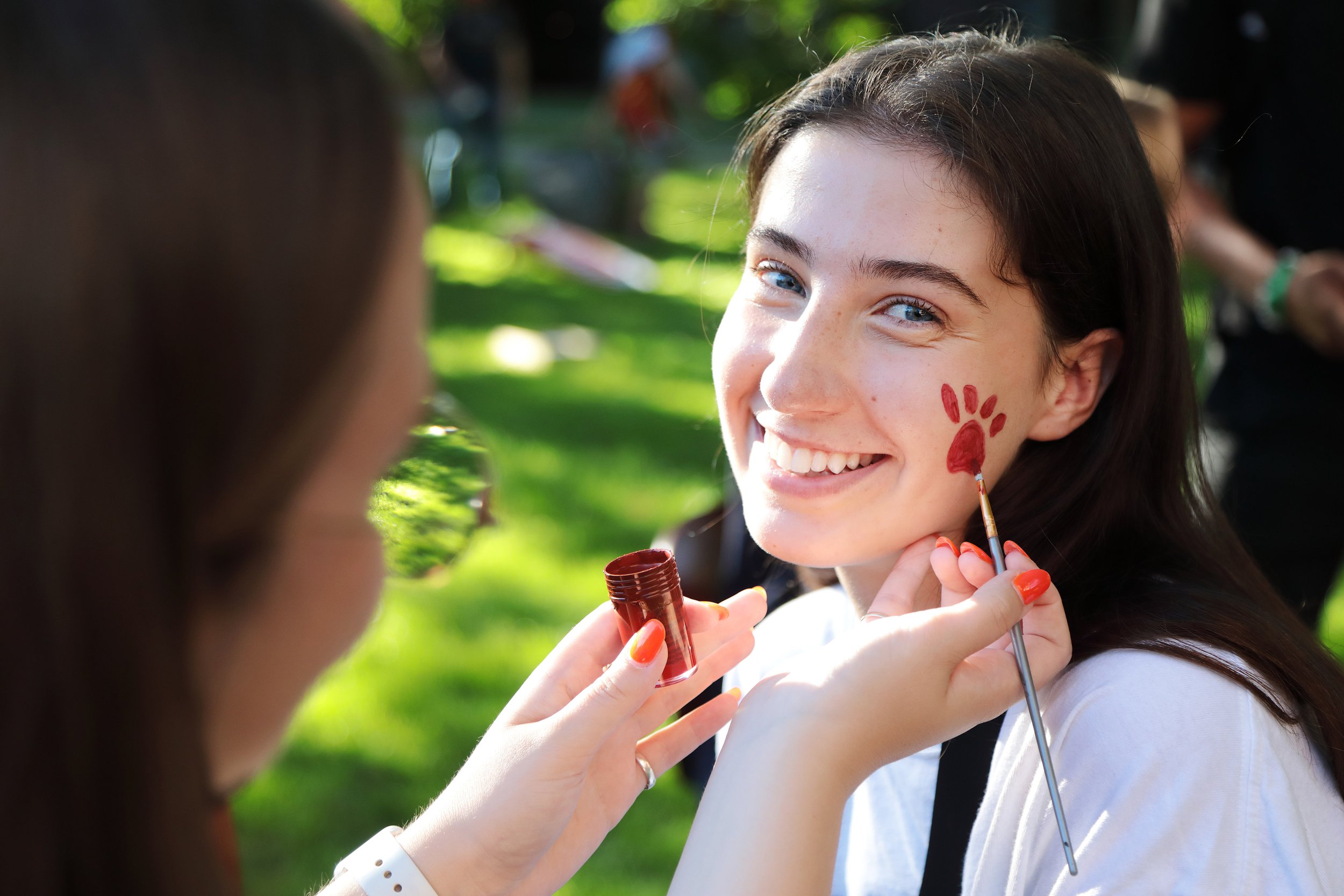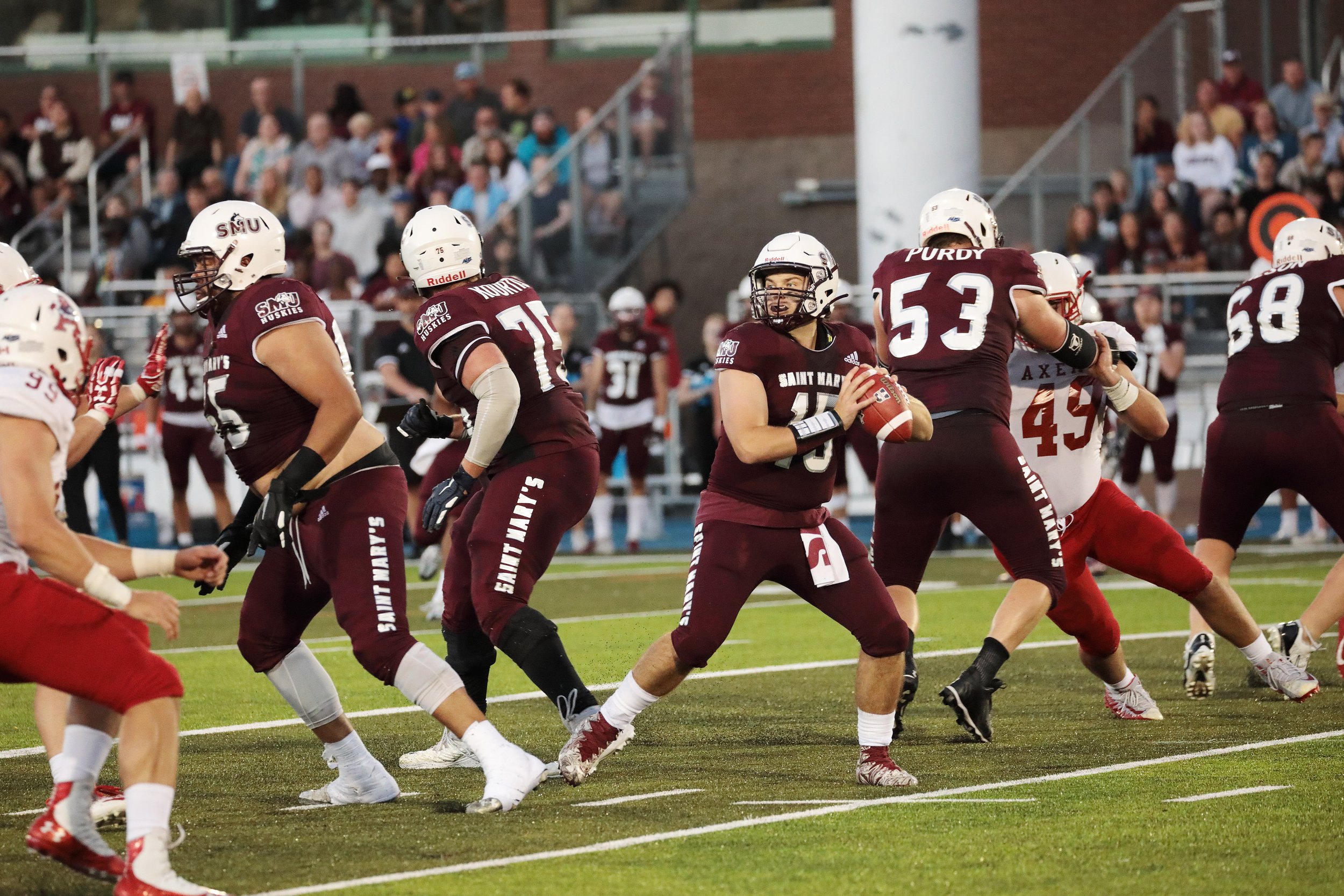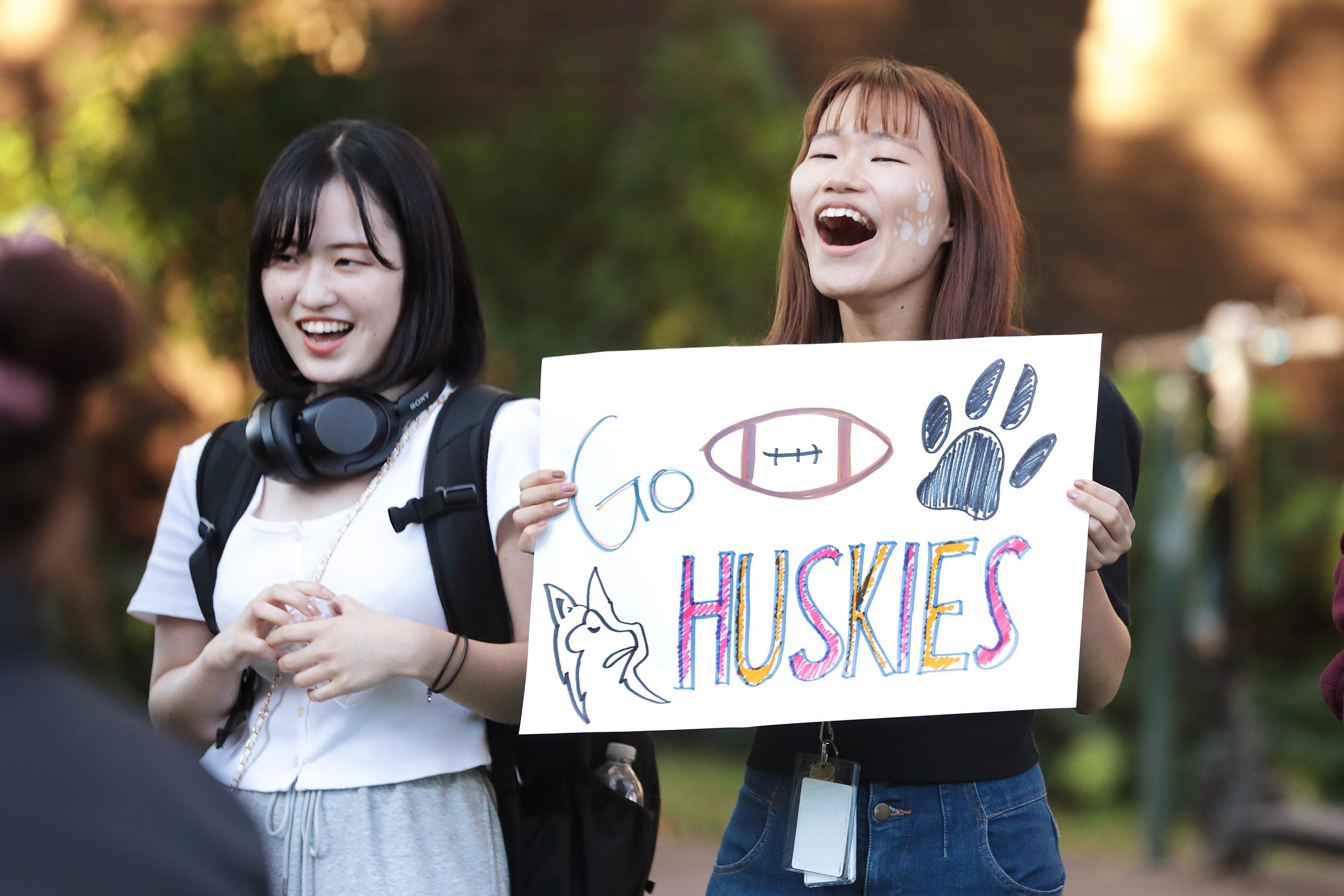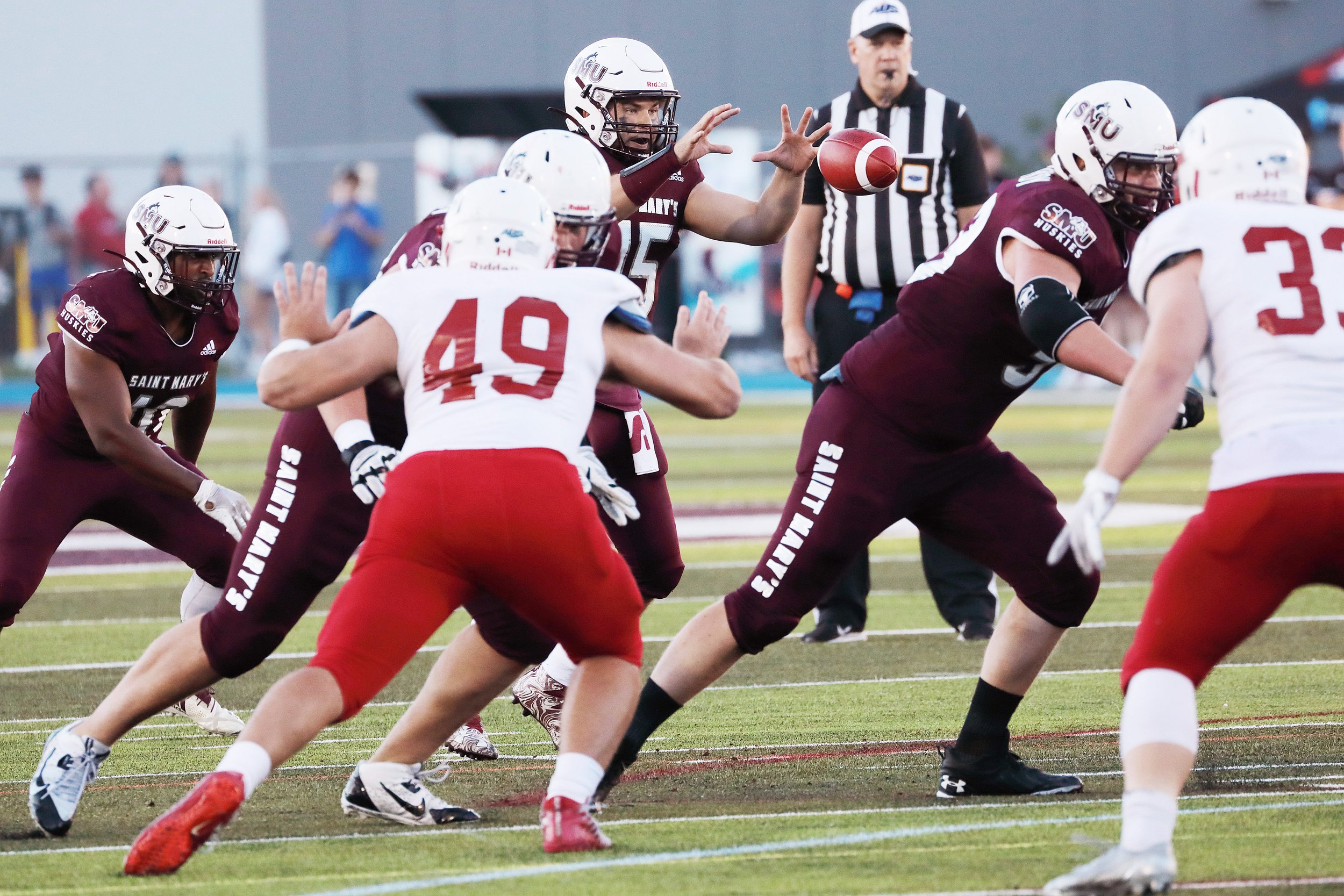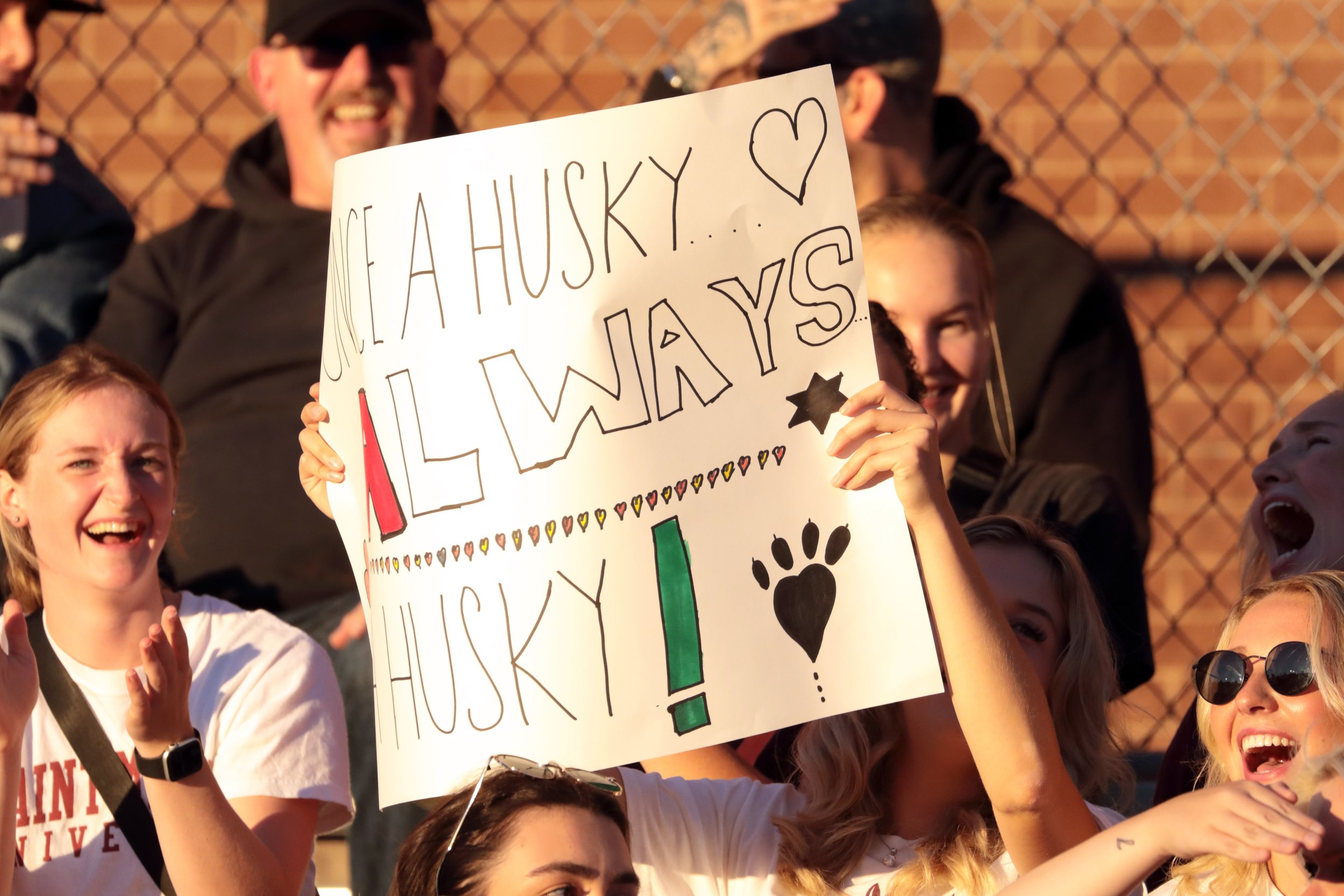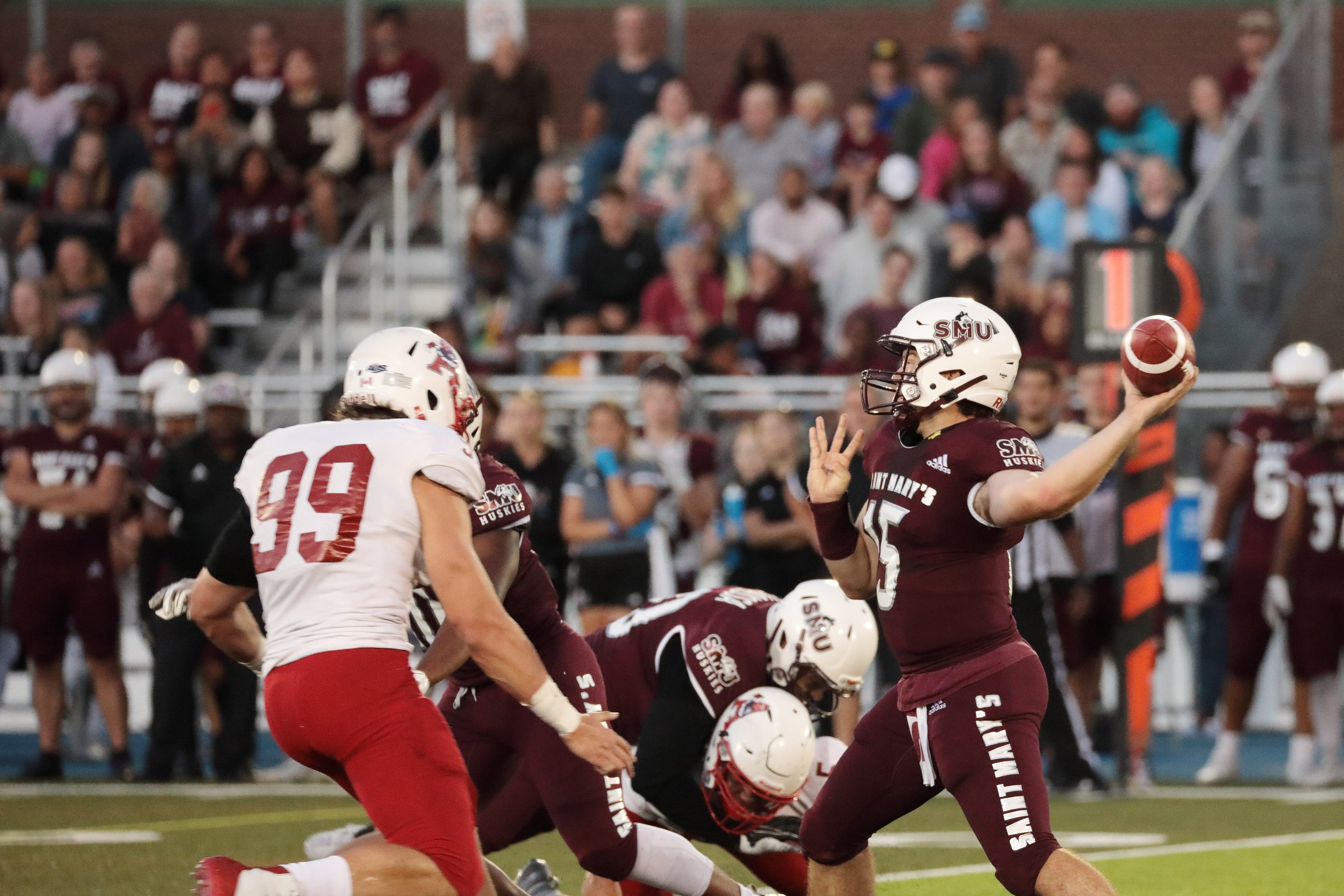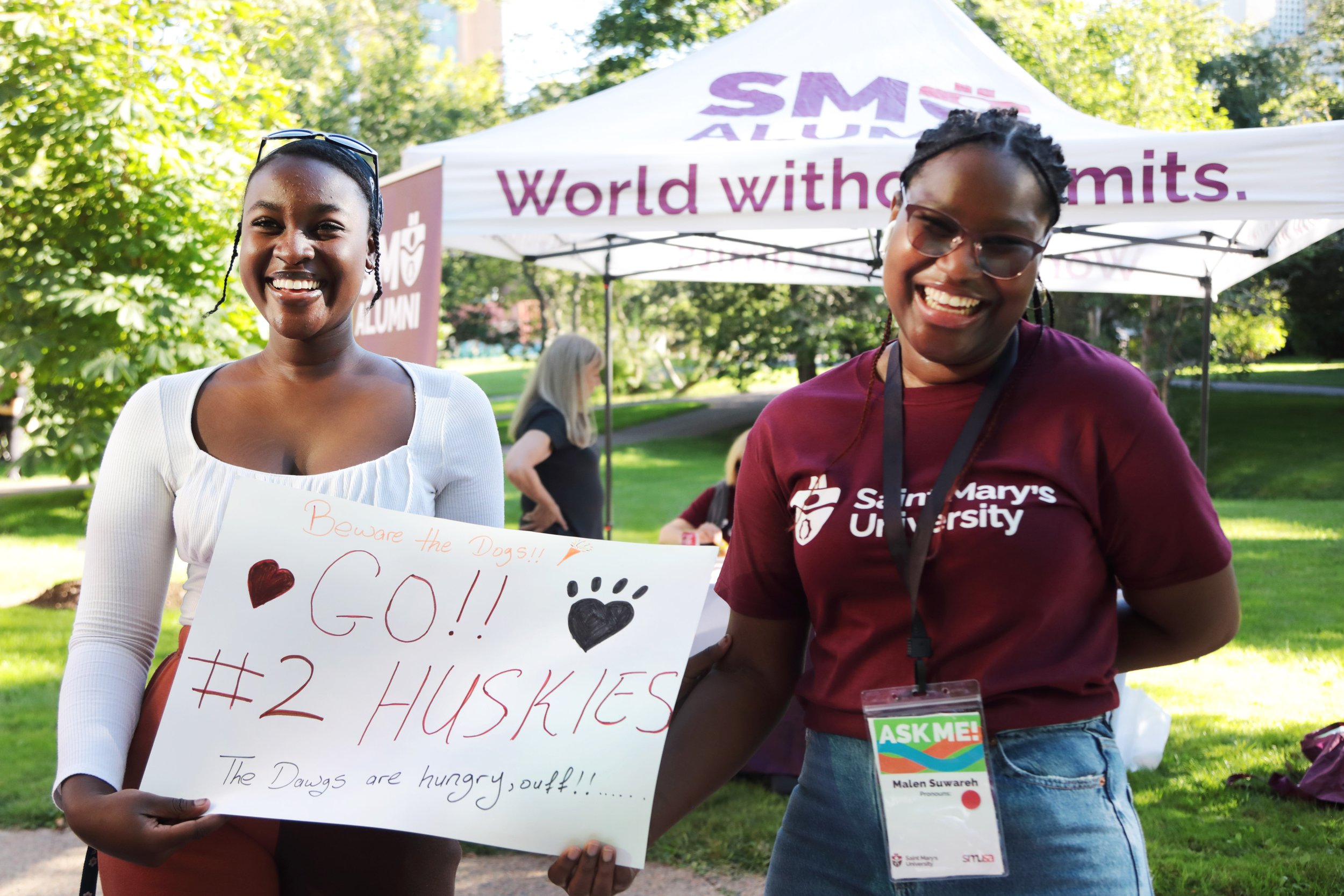A student plays Rocket League in the new home of SMU Huskies Esports, the Esports Arena.
SMU Huskies Esports is taking shape at Saint Mary's University. Student-athletes are preparing, and identification camps will take place this month to establish the teams and Esports available for competition.
"I think it's great," says Audrie Yue Min Au, a 3rd-year student majoring in Computing and Information Systems at Saint Mary's. "Esports, as an industry, has a level of organization and viewership that is comparable to that of traditional sports like football and basketball. So why not treat it like other sports? It also has the added bonus of being accessible to new players because anyone who has a laptop can play games online and join a community."
Enterprise Information Technology and the Department of Athletics and Recreation are collaborating on Huskies Esports. There will be two streams available to students: recreational and competitive. The recreational stream will feature drop-in play sessions, tournaments, and other activities. The competitive stream is being established this fall. It will see our Huskies compete against other colleges and universities in games such as the vehicular-based, rocket-powered soccer game, Rocket League, and the team-based multiplayer online fantasy battle arena, League of Legends. For both streams, their home base on campus is the new Esports Arena at the heart of campus in the McNally East basement, ME009.
"Esports offers students a unique opportunity to get involved, whether recreationally or competitively, within a growing industry and community," says Connor Miller BComm'16, Coach of the League of Legends competitive team. "Bringing Esports to campus is an excellent idea. I am excited to be a part of it, to give back to my university and help build a positive culture around Esports at Saint Mary's."
Esports means competitive video games. It is sometimes referred to as 'competitive gaming', 'pro gaming', or 'egaming'. Esports often takes the form of organized, multiplayer video game competitions, with athletes competing individually or as teams. This can be through structured leagues including varsity college, university associations, competitive circuits, or tournament play for the purpose of entertainment, prizes, or money.
Esports has seen a considerable surge in popularity and professionalism in recent years and is a billion-dollar global industry. Over 23 million Canadians play video games, with an average player age of 34 years old. Canada’s video game industry has grown into one of the largest and most successful in the world, with more than 900 active video game studios. The video game industry adds $4.5 billion annually to Canada’s GDP. As a business and art form, the industry is an emerging academic study and research area.
Identification camps take place this month for the competitive stream and are as follows:
Friday, Sept. 16 – League of Legends
Monday, Sept. 19 – Rocket League
Thursday, Sept. 22 . – Apex Legends
Tuesday, Sept. 27 – Valorant
More details on the I.D. camps will come shortly.
For those interested in getting involved as a student-athlete, coach or team staff and need more information, reach out via email at esports@smu.ca.


